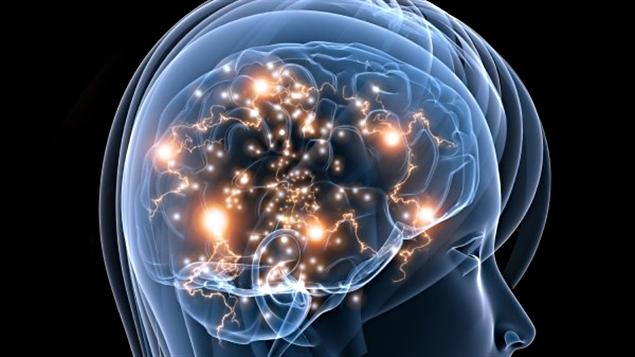The Past: Symbolic AI
In the 1980s people were as excited about AI as they are today but the technology was completely different.
Researchers sought to put knowledge into machines one fact at a time.
One approach, expert systems, was based on programming rules. Another approach, semantic networks, attempted to break down language (essentially just words) into a computable form.
Both approaches were called “knowledge representation” or, more commonly today, symbolic AI and even Good Old-Fashioned AI.
Symbolic AI did not work

Today's Connectionist Approaches
Today’s AI technology, Machine Learning, is radically different from the old days.
ML applications are ubiquitous and already credited with changing the way we live in many ways. Clearly it is here to stay. Machine Learning’s successes have been so widely publicized that the term has become nearly synonymous with Artificial Intelligence. But “learning” here does not mean acquiring knowledge but rather “training” huge networks of interconnected “artificial neurons” to recognize patterns in vast databases. These approaches are called connectionist AI.
Even its most ardent practitioners freely admit that connectionist approaches cannot understand our language and lack general intelligence.





The AI we have been waiting for...
Some researchers still believe Deep Learning can do it all given enough time and effort. Maybe, but maybe it is time to go back to first principles and start again.



